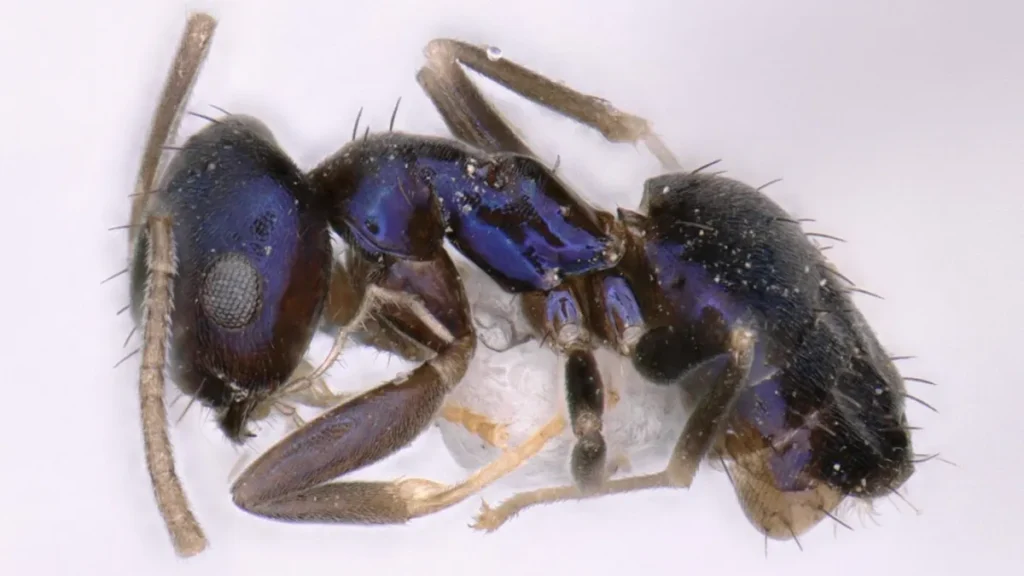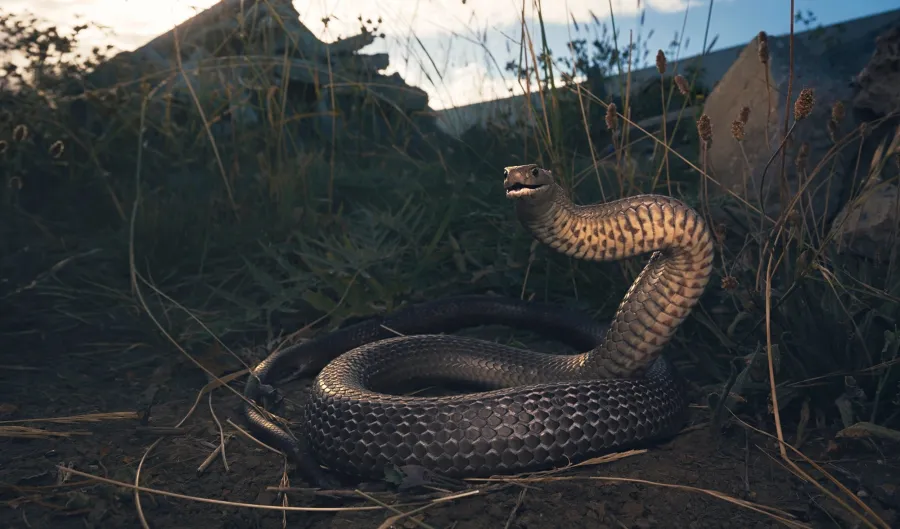Dangerous Australian animals
Australia is known worldwide for its dangerou

Snakes, spiders, sharks and other dangerous
When we think of dangerous animals, our minds usually jump straight to big snakes, giant sharks, or creepy spiders. And sure, those can be pretty scary. Dangerous Australian animals But here’s the surprising part — not all dangerous creatures are big or look threatening.
In Australia, for example, snakes, crocodiles, and sharks are definitely powerful predators. But when you look at the numbers, they actually don’t cause that many human deaths each year. In fact, the total deaths from all of them combined are so few, you could count them on one hand.
So who’s the real danger? Believe it or not — tiny insects. Yep, something as small as a mosquito can be way more dangerous than a shark. Mosquitoes spread serious diseases all over the world. In Australia, they’re mostly just annoying, but some species can still cause health problems.
Then there’s the Australian paralysis tick .Dangerous Australian animals This tiny little thing is nearly invisible when it latches onto your skin. And while you probably won’t feel it right away, its saliva contains a special protein that can trigger severe allergic reactions in some people. Dangerous Australian animals By the time you notice, it could already be serious.
And it’s not just bugs. Some birds and even fish can be unexpectedly dangerous. Take the stonefish, for example — it looks just like a rock, but step on it and its spines can cause excruciating pain. It’s so intense that people have actually passed out from the shock.
Blue-bellied Black Snake

Blue-bellied Black Snakes are pretty cool-looking creatures. Most of them have shiny skin that’s bluish or brownish-black, with a darker belly that’s bluish-grey or black. Some of these snakes can actually be cream or pale grey with little black edges around each scale, which makes them look kind of spotted — that’s why some people call them Spotted Black Snakes. Others are a mix of light and dark scales, making thin, broken stripes across their bodies. But no matter what, their heads are always a solid dark color.
Their heads are broad and strong, and they don’t really stand out from their thick, sturdy bodies. When it comes to mating season — which happens between late winter and early spring (around August to October) — the males sometimes get into fights. These fights start with biting, then they wrap and twist around each other, chasing and biting some more. It’s their way of showing who’s boss.
Pregnant females usually show up during this same time. When snakes are in captivity, their mating behavior looks a bit different — they coil together gently, wrapping their tails around each other. The male will sometimes move his head along the female’s body while mating, and this can last for hours! But once they’re done, the male usually just loses interest and leaves the female alone. Pregnant females often don’t eat much between mating and when they lay their eggs.
A female lays between 5 and 17 eggs, and depending on how warm it is, Dangerous Australian animals those eggs take up to about three months to hatch. After the baby snakes break out of the eggshell, they hang out inside the shell for a day or two before coming out and starting their own little adventures.
One interesting thing about these snakes is they have a noticeable brow ridge right above their dark eyes — kind of like a little eyebrow! If you look closely, they have 19 rows of scales around their middle, 175 to 205 scales on their bellies, and their anal scale is split into two. The scales under their tails start off single but then split later on.
Blue Ant

You might be surprised to hear this, but the Blue Ant isn’t actually an ant at all. It’s a type of wasp — a flower wasp, to be exact! The name is just a bit misleading.
The female Blue Ant is the one you’re more likely to see walking around. She’s shiny and bright, often a stunning metallic blue or green, and since she doesn’t have wings, she kind of looks like a big ant — but she’s definitely not. The males, on the other hand, do have wings and are often spotted flying around flowers.
These wasps don’t live in big colonies like bees or ants. They’re solitary, which means they do everything on their own — from hunting to building nests. The female digs a little burrow in the ground, then goes off looking for bugs like beetle larvae or mole crickets. When she finds one, she uses her sting to paralyze it and lays her eggs on it. That way, when the baby wasps hatch, they’ve got fresh food ready to go.
Adult Blue Ants prefer something a bit sweeter — they love nectar and can often be seen visiting flowers for a drink.
When it’s time to mate, the male (with wings) actually lifts the female into the air during mating. It’s kind of like a mid-air piggyback ride — unusual, but pretty cool!
Now, about that sting: yes, the female can sting if she’s bothered or feels threatened. And unlike bees, she can sting more than once. The sting can burn and swell, and if someone gets stung a lot, it can be more serious. But the good news? They’re not aggressive, and since they don’t live in big groups, you’re unlikely to get swarmed like you might with bees or ants.
You’ll find Blue Ants in lots of places across Australia — from forests to backyards and even city parks. They’re a small but beautiful part of nature, and while they might look a little intimidating, they’re actually fascinating creatures doing their own thing.

